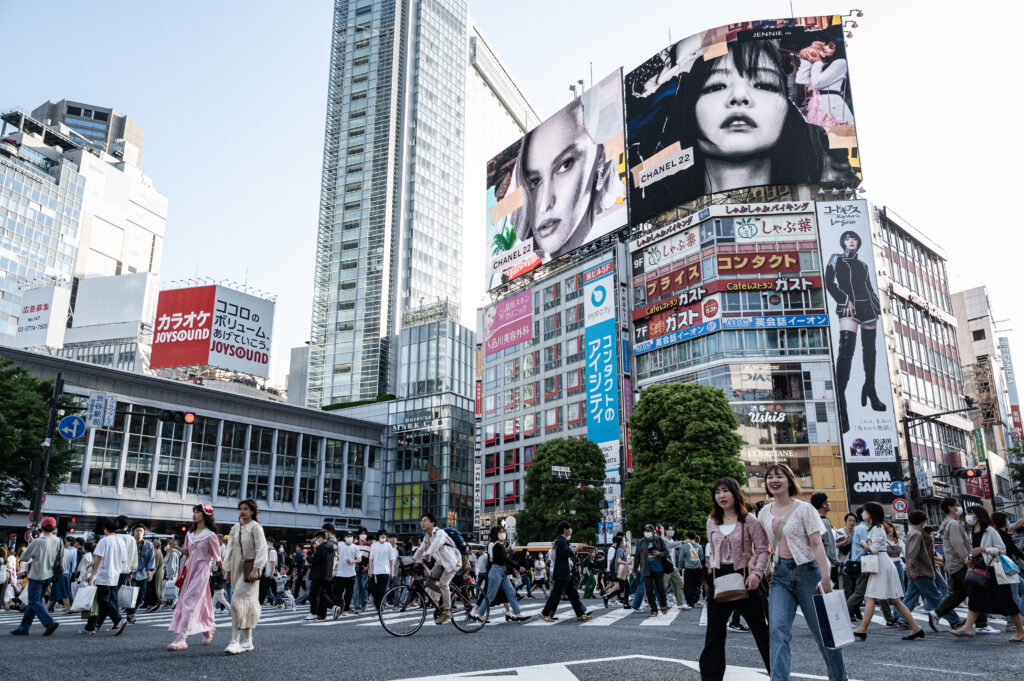
- ARAB NEWS
- 31 Jul 2025

Tokyo: The number of mpox cases in Japan has risen since the start of this year in contrast to the global downtrend, which led the World Health Organization to end a year-long public health emergency for the viral disease earlier this month.
An expert called for continued vigilance against activities with a high risk of infection.
Patients of mpox, previously known as monkeypox, develop symptoms similar to those of smallpox, such as fever and rashes on the face and body, after an incubation period of six to 13 days.
The disease spreads from person to person through contact with rashes and body fluids. Many mpox cases have involved men having sex with other men.
Most of people recover naturally within two to four weeks of infection. But children, pregnant women and those who have weakened immune systems can develop more severe symptoms.
The disease, which had used to occur mainly in Africa, started spreading in European countries, the United States and elsewhere in May last year.
The WHO declared the mpox outbreak a public health emergency of international concern in July that year and had put the alert in place until early May this year.
In Japan, the first mpox case was confirmed in July last year and the number of cases came to eight at the end of December. The figure, however, had grown to stand at 149 as of Friday, according to the health ministry.
“Behind the uptrend can be increases in opportunities to meet with people and have sexual contact amid relaxed coronavirus restrictions,” said Tomoya Saito, emergency preparedness and response head at the National Institute of Infectious Diseases.
So far this year, mpox counts have peaked out in March. But the ministry warns about the possibility of infections increasing again from now on, citing a rise in the number of cases among people who have not traveled overseas lately.
“If you have mpox symptoms, go to see a doctor soon,” Saito said.
JIJI Press